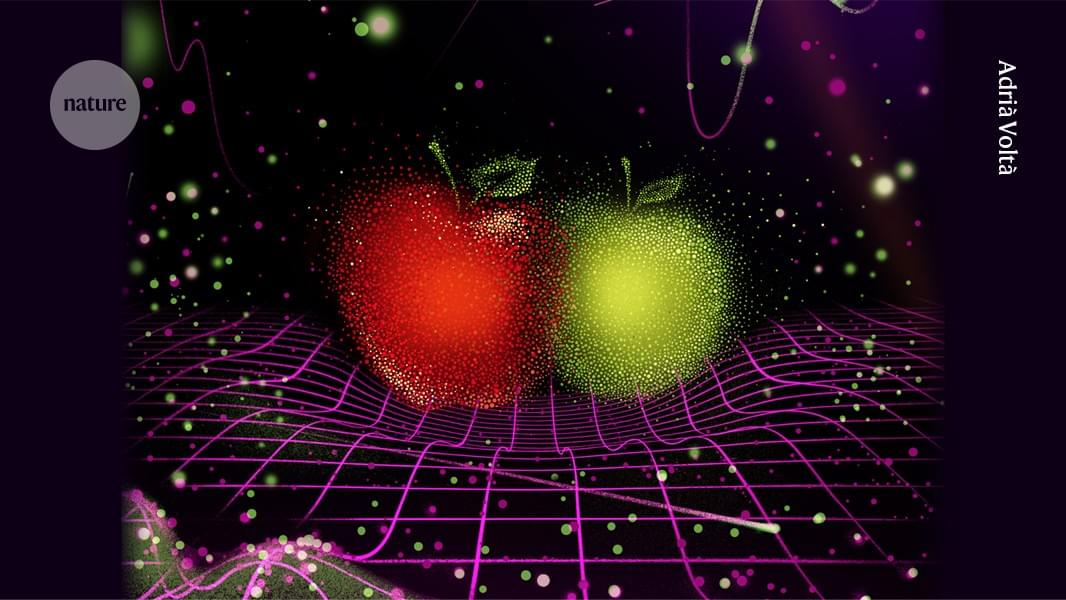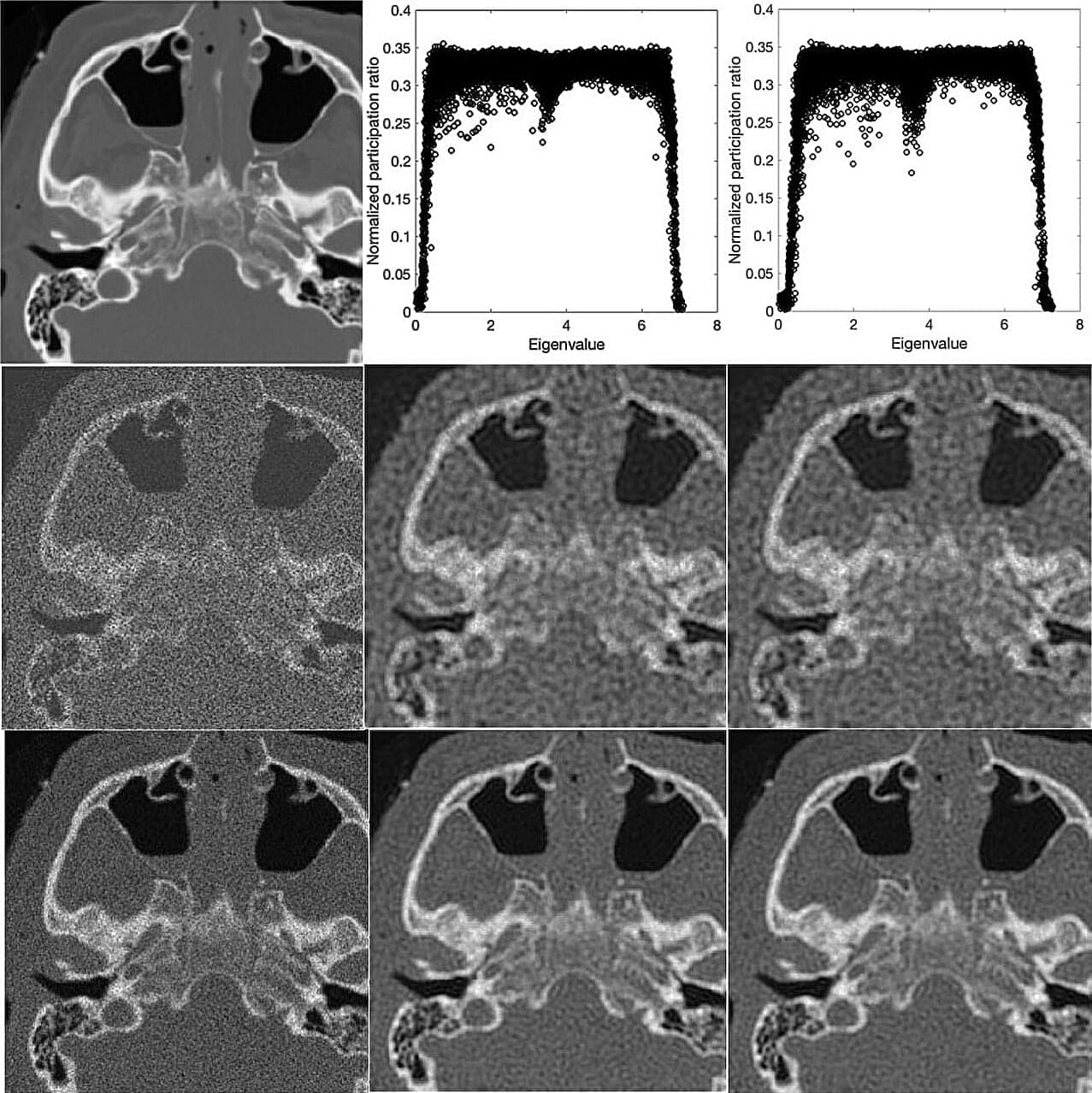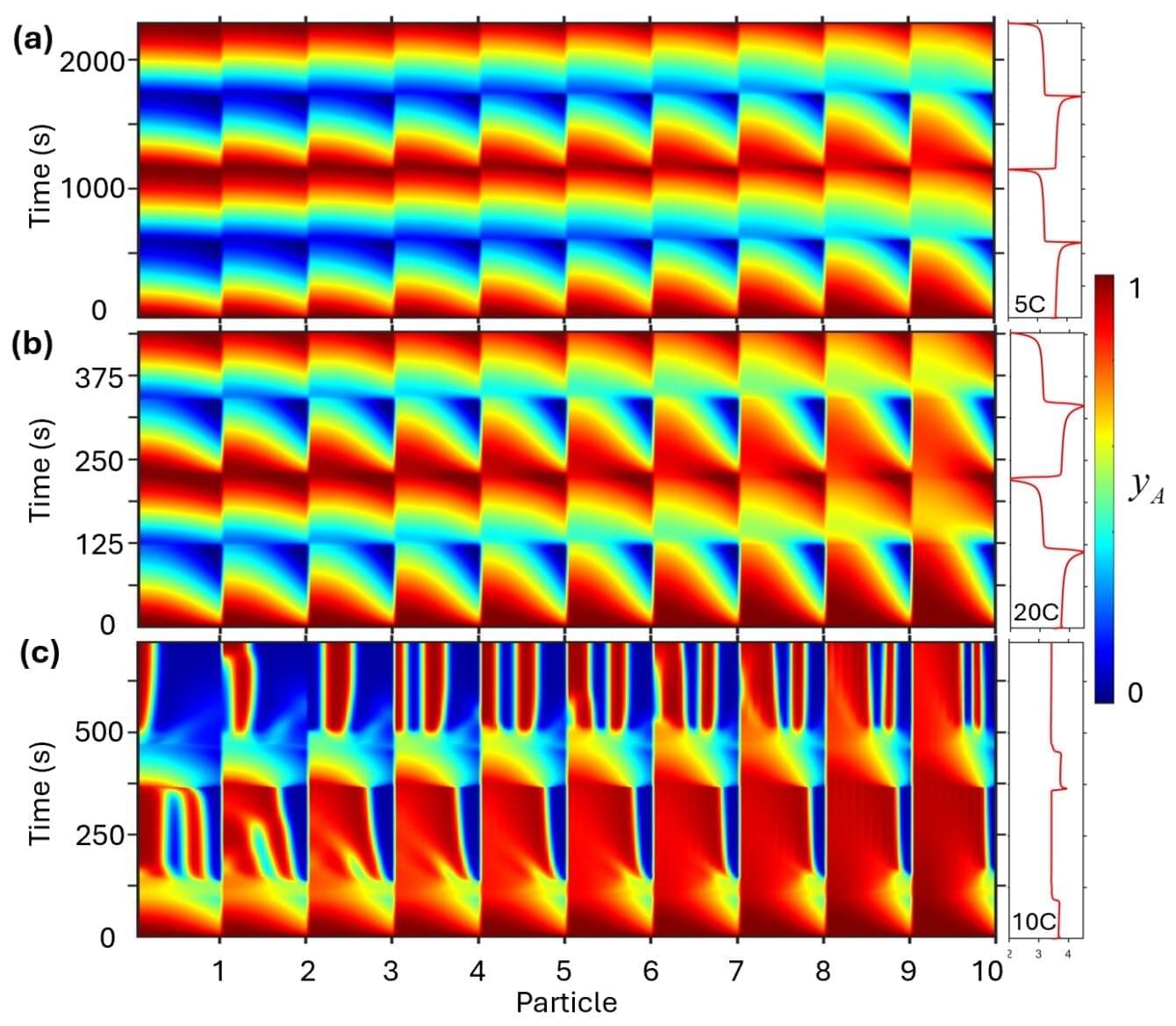While conventional computers store information in the form of bits, fundamental pieces of logic that take a value of either 0 or 1, quantum computers are based on qubits. These can have a state that is simultaneously both 0 and 1. This odd property, a quirk of quantum physics known as superposition, lies at the heart of quantum computing’s promise to ultimately solve problems that are intractable for classical computers.
Many existing quantum computers are based on superconducting electronic systems in which electrons flow without resistance at extremely low temperatures. In these systems, the quantum mechanical nature of electrons flowing through carefully designed resonators creates superconducting qubits.
These qubits are excellent at quickly performing the logical operations needed for computing. However, storing information—in this case quantum states, mathematical descriptors of particular quantum systems—is not their strong suit. Quantum engineers have been seeking a way to boost the storage times of quantum states by constructing so-called “quantum memories” for superconducting qubits.







